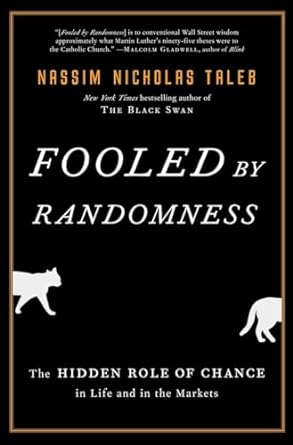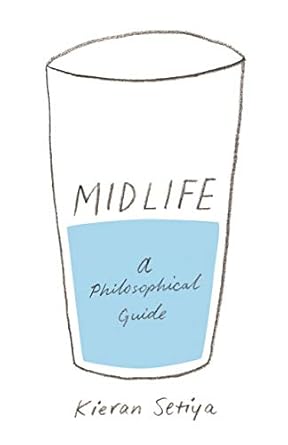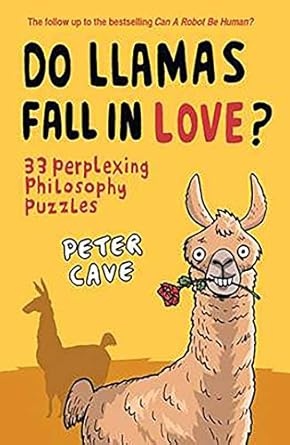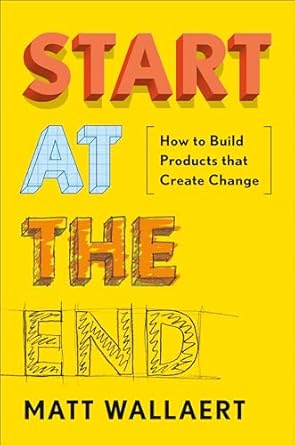Satisficing
Looking for options that are good enough. A strategy for decision making to stop the process when the first good enough alternative is found.
Key Insights & Principles
Decision Making
Insights:- Satisficing is often the optimal strategy in decision making, relative to a maximising strategy which can be costly in time, energy and resources spent.
- We can never have complete information.
- Satisficers are less prone to social comparison bias.
- Social media is directly opposed to satisficing - always trying to convince us that there is better.
- Humans crave the illusion of certainty, and thus maximising is appealing.
- Heuristics help us practice satisficing.
- Satisficers are usually happier - less prone to the hedonic treadmill.
- Actively look to satisfice when decision making.
- Set minimum criteria for an acceptable solution; seek solutions that fit the criteria; choose the first option that fits; settle.








